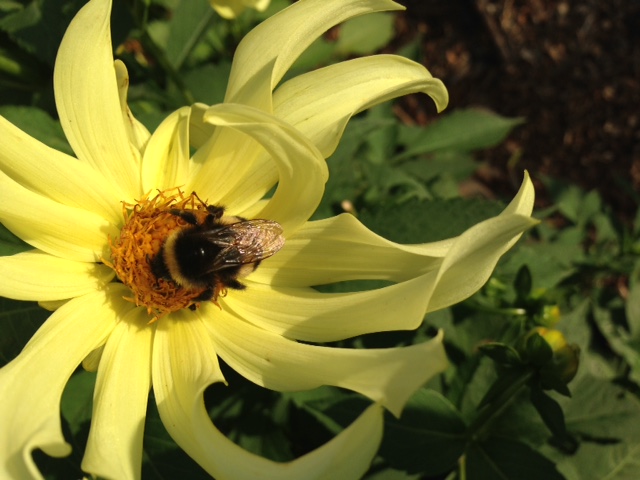August Gardening Tips
Reasons to be cheerful
The shortest day has been and gone and the daily period of light has, almost imperceptibly, increased. The infra-red wavelengths penetrate the soil and activate enzymes, via chemicals called phytochromes, that start seeds and dormant plants growing.
Witch hazel, Sarcococca, Daphne odora and mahonia are just some of the scented lowers you can enjoy now. Wintergreen ferns give a wonderful textured foliage effect in sheltered shady spots, so do the leaves of Cyclamen hederafolia and Pulmonaria. Cyclamen coum flowers in early spring and combines well with winter aconites or snowdrops. (The peak flowering time for most snowdrops is February, but varieties like Galanthus elwessii, G.nivalis and G.woronowii are earlier.)
Jobs to do
Kitchen garden Prune gooseberries, red and white currants to maintain an open centred bush with 8 – 10 main branches – this avoids mildew. Prune last year’s growth by half. Finish winter pruning of fruit trees (except plums and cherries). Continue harvesting winter vegetables like parsnips and Brussels sprouts.
Ornamental garden Start pruning wisteria. The current season’s growth, tamed in July, should be cut back to 2-3 buds from old wood. If the old wood is tangled or overgrown, cut it back to a fork or side branch, maybe back to ground level.
Start cutting old leaves from ornamental grasses to make room for new growth. Also cut off old leaves on hellebores to expose the flowers, unless grown for foliage effect.
Prune winter jasmine when the flowers fade.
Plant deciduous hedges like beech, hornbeam, blackthorn and hawthorn.
Indoors
Feed Christmas flowering Hippeastrum (amaryllis) to build up the bulbs for next year. Start ‘chitting’ early potatoes by placing them in egg-boxes in a cool light position. Sow begonias, lobelia, salvia, pelargonium and sweet peas in pots on a windowsill, cold frame or greenhouse.
A bit of botany!!
I’m not sure if this is being patronising or helpful, but I thought I might untangle some of the mysteries of terminology and some explanations of gardening practices. This month it is….
Bulbs and corms
Bulbs are leaf-bases swollen with sugars stored from the summer. The sugars are used by the plant to put up a flower stalk before the competition shades them; as it does the stores shrink and the ‘empty’ leaf bases form the papery protective coat of the bulb. Bulbs have a very short stem – think of an onion, that conical hard bit with roots at the bottom. Daffodils, tulips and snowdrops have bulbs as well.
Corms are short swollen stems that stay underground with only the leaves and flowers emerging. After flowering a new corm forms on top of the old one, and contractile roots pull the new corm back into the soil. Crocus, cuckoo pint, crocosmia, gladiolus and acidanthera are examples of plants with corms.
August Hints & Tips
Hints and Tips for August 2024
From the Royal Horticultural Society August is usually one of the hottest months of the year, making watering essential. Try to use grey water wherever possible, especially as water butts may be running low if it has been a dry summer. August is traditionally holiday...
July and August 2023 Hints and tips
As I write this in June, my garden is very dry. No rain for weeks. Hoeing is a sure way to make it rain! – that, and cleaning the windows! Still, the herbaceous border should be at its best – take a record of which plants need to be divided in the Autumn. Currants,...
August Gardening Tips
August Gardening By Ewshot Gardener In the vegetable garden, carrots, lettuce, spinach can still be sown and harvesting soft fruit, early potatoes, peas, broad beans and courgettes gives me great pleasure. However, the prolonged hot, dry spell has prevented soft...




